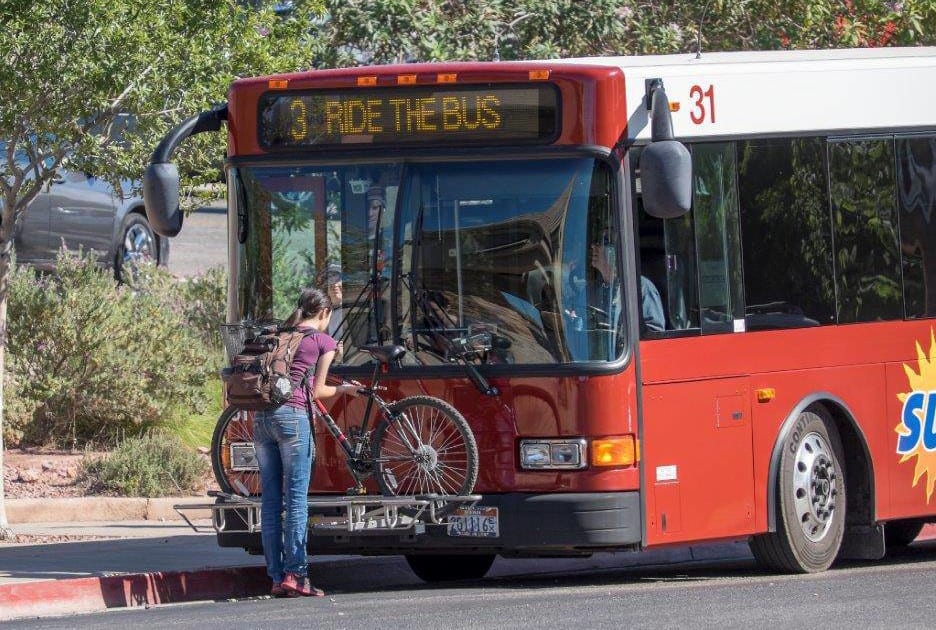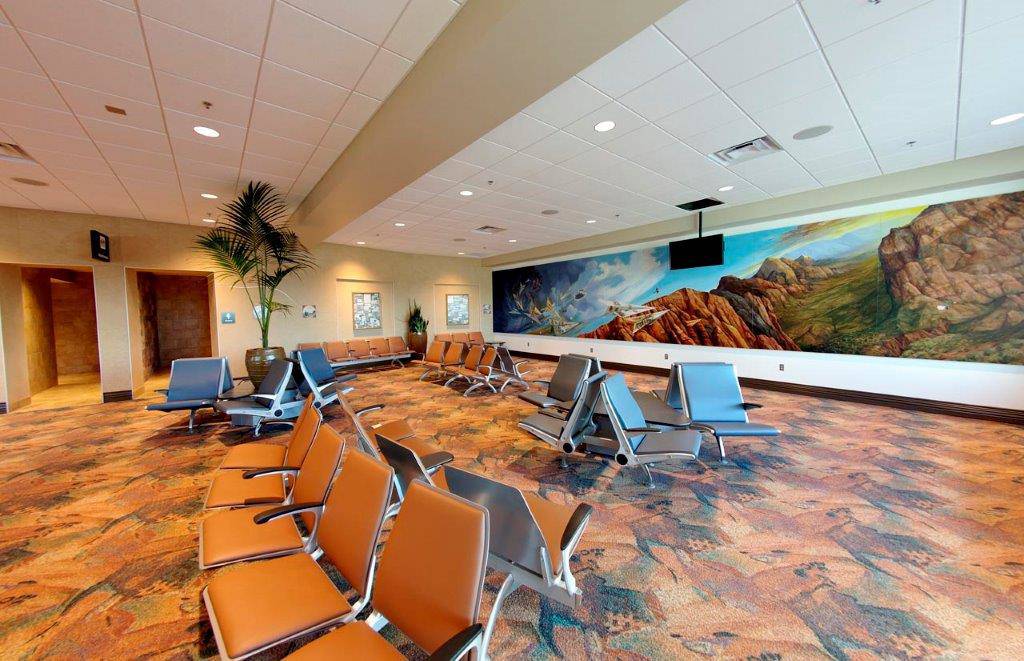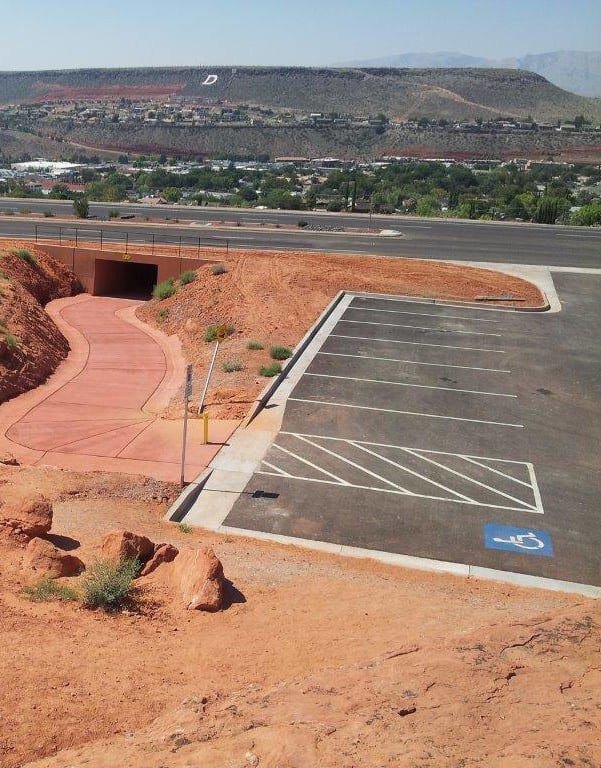
The 2016 Dixie Regional Transportation Expo will be held Feb. 9 from 10 a.m. to 6 p.m. in the Dixie Center Ballroom. The event is free and open to the public. The Dixie Regional Transportation Expo is the place for all who drive, walk, bike or use public transportation in Washington County to become better informed on current and future transportation projects and to have a voice in regional transportation planning.

As Utah’s population and tourism increase, travel demands grow and will continue to pose significant demands on the state’s transportation system. Like the rest of the state, Washington County faces the substantial challenge of meeting travel demands with limited financial resources to maintain, preserve, improve, and expand transportation infrastructure.
Last year, Washington County had a one-year housing growth rate of 2.9 percent — the second-highest in the state — with more than 1,700 new homes. Though this type of growth is sustainable, a comprehensive plan and strategy to manage systems such as transportation is key. The Dixie Regional Transportation Expo plays an important role in the overall Regional 2016–2040 Transportation Long-Range Plan.
Bill Swensen, project manager for the City of St. George, is coordinating the event.
“Our tag line this year states that the Transportation Expo is where a 30-minute walk can put you ‘in the know’ and ‘help us grow,’” said Swensen. “And, this really is true. Our goal is to share information and provide a venue for our residents to share their ideas and input so that we can provide improved transportation services and solutions for everyone.”
Representatives from surrounding cities, the county, and the Utah Department of Transportation will be available to explain transportation projects and studies and take comments on topics including the following projects:

— the Sunset Boulevard and Bluff Street interchange.
— Bluff Street and St. George Boulevard improvements.
— Interstate 15 widening and a Mall Drive underpass.
— Southern Parkway improvements.
— Old State Route 91 improvements.
— the Hurricane City 400 South reconstruction project.
— Washington Fields Road widening.
— River Road and Fort Pierce Bridge widening.
— the St. George City Active Transportation Plan and updated information on St. George Parks and Trails.
— the SunTran bus system.
— St. George Airport’s possible new routes and tourism programs.
Programs and displays at the Dixie Regional Transportation Expo this year will include the following:
Hybrid and vintage vehicles
Learn about alternative fuel options and economy strategies that support smart transportation practices such as Idle Free Utah and the Clean Air Challenge.
Southern Utah Bike Alliance
The creative assortment will include bikes to reflect and illustrate the range of cycling opportunities in Washington County. The display supports the organization’s mission to help southern Utah communities achieve the Road Respect Community Designation, a statewide initiative that began five years ago with the Utah Department of Transportation, Utah Highway Patrol, and Zero Fatalities, designed to create mutual respect on the road.
St. George Police Department’s “Heads Up Thumbs Up”
The program educates residents about the dangers of distracted driving and how it affects lives right here in our own community.
For more information, find the Dixie Regional Transportation Expo on Facebook or visit dixietransportationexpo.com




I notice that this article does not include the contentious Northern Corridor in the list of projects that transportation people will be available to “explain.” Perhaps that’s because there really is no way to explain why this road is needed since the regional transportation plan clearly shows that growth will be focused on the southern and southeastern parts of this county along with jobs. To spend over $100 million on a road that will probably end up in court and serve a miniscule part of this county’s people, who have other ways to reach their destination, is fiscally irresponsible, not to mention lacking integrity since it goes against a 20-year agreement made by the county and cities to protect the land the road would traverse.